I don’t like hype, but what I’m about to say is gonna sound hype-y. Ready? Want to be a hit with pain relief massage? Then get good at using moderate pressure.
I say this for two reasons: my experience and a research study.
Let’s start with the study.
Massage Pressure and Pain Relief
In 2010, Tiffany Field, PhD, director of the Touch Research Institute at the University of Miami School of Medicine, published a study about massage pressure and how it relates to relieving pain in the International Journal of Neuroscience.
Field had this to say about the study: “The critical thing is using moderate pressure. Light pressure, just touching the surface of the skin or brushing it superficially, is not getting at those pressure receptors. Light pressure can be stimulating, not relaxing.” (Source: Arthritis Foundation)
The heck with light pressure, Mark, what about deep pressure? I have clients that I need to pound with everything I got.

Me, too! (By the way, here’s how to pound clients without hurting yourself.)
That said, I believe that the deep pressure clients are not the norm.
Why?
For one, the client who needs deep pressure for pain relief will stand out in your memory (then get labeled as the norm) because he’s harder to work on than everyone else.
And two, if you get a reputation for deep pressure, you’re going to attract deep pressure clients. And suddenly it’ll seem like everyone who wants pain relief also wants deep pressure.
Moderate Pressure
So let’s talk about moderate pressure. What is it?
Well, I can tell you what it’s not. Moderate pressure is not when you pet or bruise the client—the only two types of pressure I knew how to do when I first started massage.
“Hey, Mark, can you go deeper?”

Picture source: birchbox.com
“Sure!” I’d say as I rolled up my sleeves, then pressed with my forearm until the client couldn’t breathe.
Neuromuscular Pain Scale
I did improve over time, but things didn’t really start to click until I studied neuromuscular therapy (NMT). With my NMT training, I learned how to communicate with the client via a pain scale.
Here’s how it works. Imagine a pain scale from 1 to 10. One means a little pain, ten means a lot of pain.
For pain relief, the goal was to operate in a 4 to 5. So, the MT would press a tight or tender area until she elicited a 4 or 5 from her client. Then she’d hold the spot for less than 10 seconds.
If the pain lessened during that time, great, she successfully reduced the pain. If not, she’d revisit the spot a little later, but with less pressure.
I demonstrate how to do that in this video.
Moderate Pressure = Firm Pressure
What I like about the pain scale is that it’s based on the client’s experience of pain.
So, if Aria’s 5 is Benjamin’s 10, no biggie. Since the value of each number on the scale (1-10) is determined by each client’s experience, I would never be in danger of making Benjamin jump off the table by using Aria’s idea of moderate pressure on him.
As time went on, I started to see that not only did most of my pain-relief clients want moderate pressure, so did my relaxation clients.
But my relaxation clients had a different name for moderate pressure. They called it firm pressure.
Tying everything together, in general, this what moderate pressure looks like in my mind: moderate = firm = 4 or 5 on the pain scale.
How to Nail Moderate/Medium Pressure
If you want to perfect moderate pressure, do this:
- Use the pain scale technique.
If you’re worried about the flow of the massage, just use the pain scale technique once at the beginning of the massage. That way you won’t interrupt flow and you’ll get enough info to calibrate your medium pressure for the rest of the massage.
- Ask for feedback.
I would ask for feedback with non-paying customers.
- Get a massage.
A great time to work on your pressure delivery is during a workshop or CE class. During the exchange, it’s easier to picture yourself applying the same pressure as your partner if you’re both doing the same technique.
Feeling Competent with Pain Relief Massage
You’re going to feel confident with pain relief massage once you become competent with moderate pressure.
It’s not hard to do, you just need to get your reps in.
Refer back to this video to get the pressure scale technique down.
And if you’re thinking about getting really serious with pain relief massage, then check out this article: Build a Practice with Pain Relief Massage.
If you want more info about pain relief massage and (fill in the blank), join my email group. I’ll let you know when I have new tutorials, articles and videos out.
My email group is free and you can unsubscribe anytime.
Sign up here:-)
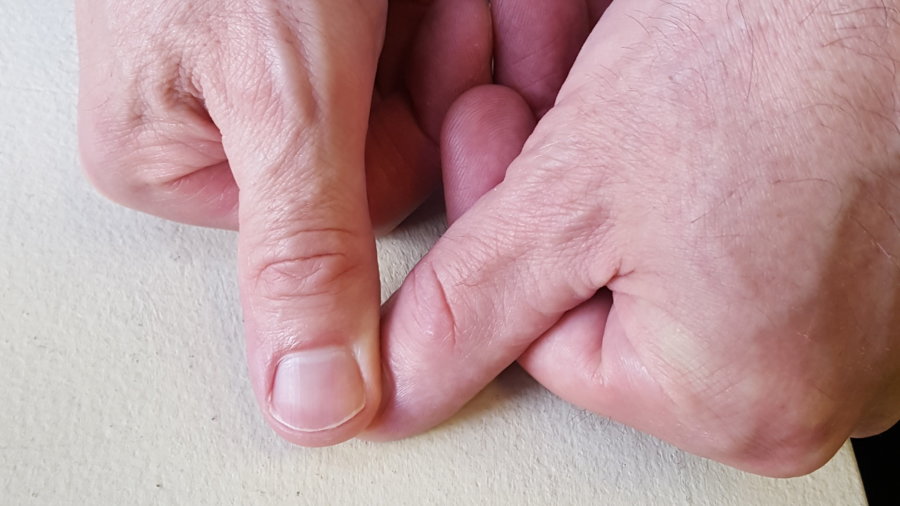


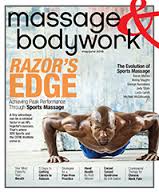
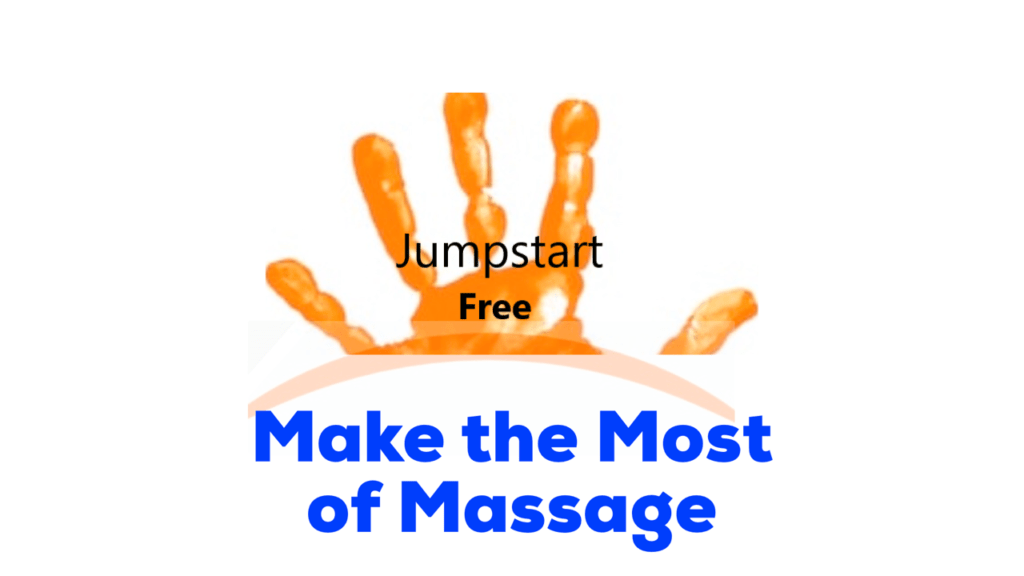
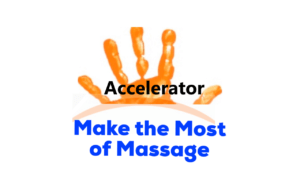
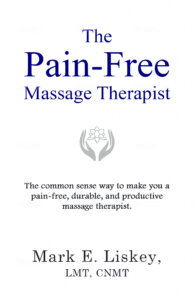
Comments on this entry are closed.